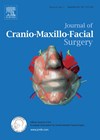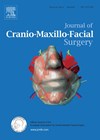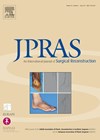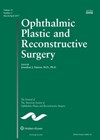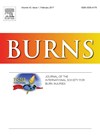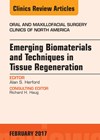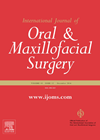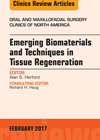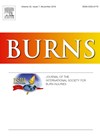
Journal Reviews
Reconstruction with scapular tip following hemi-maxillectomy and rehabilitation with dental implants
Post ablative defects in the maxilla can be extremely complex, involve all three dimensions and result in significant morbidity. Rehabilitation is fraught with difficulties, and a number of options are available, such as an obturator or surgical reconstruction with a...
Inferior alveolar nerve (IAN) recovery after ORIF fractured mandible
Mandibular fractures are quite common facial injuries, but aetiology varies with country and age. Common treatment options are open reduction and internal fixation via an intra oral or extra oral incision. Nerve injury or dysfunction is often seen preoperatively and...
Treating laryngeal and hypopharyngeal cancers with pharyngolaryngectomy
The debate amongst head and neck surgeons, as to whether a skin flap or enteric flap offers superior outcomes in pharyngeal reconstruction, still rumbles on. The evidence pool is very shallow, even accounting for the so-called ‘landmark’ papers that swung...
Myopathic ptosis and lower lid retraction surgery
This is a description of a surgical technique which simultaneously addresses both the upper lid ptosis and lower lid retraction in patients with moderate to severe myopathic ptosis. The procedure was performed on 16 eyes of nine patients and involved...
Utility and outcomes of hydroxocobalamin use in smoke inhalation patients
The authors propose to investigate the usefulness of the routine administration of hydroxocobalamin in burns patients who are suspected to have an inhalational component to their injury. Mention is made of the important fact that no previous published literature has...
Albumin administration for fluid resuscitation in burn patients
The authors propose to investigate the ongoing controversy and debate surrounding the use of albumin in burns resuscitation; specifically they mention that the study is not investigating the use of albumin to correct hypoalbuminaemia. Mention is made of previously conducted...
Basic principles of bioengineering and regeneration
The ability to create de novo tissue to replace that removed from patients during surgery is a relatively recent advance. However, this is a fast-moving field and one which surgeons must be aware of from practical, ethical and scientific viewpoints....
Surgery for class III malocclusions pharyngeal airway and sleep apnoea effects
Thirty-three patients from Brazil were assessed for obstructive sleep apnoea and hypopnoea syndrome pre- and six months postoperatively. The 33 patients were made up of nine having mandibular set back surgery, six maxillary advancement and 18 bi-maxillary surgery. They identified...
Tissue engineered flaps
This article provides a thorough summary of the current techniques available in head and neck reconstruction. It details the challenge of restoration of form and function posed by the shape of the craniofacial skeleton and soft tissue. The introduction on...
A systematic review of silver sulphadiazine in the conservative management of burns
Silver sulphadiazine (SSD) has been used in conservative management of partial thickness burns (PTB), for over 50 years. Concerns have been raised over potential disadvantages of SSD including need for daily dressing changes, impairment of wound healing and expense. The...
Recognition and treatment of common skin infections
A useful piece for aesthetic nurses who are clinically treating the skin, reinforcing the importance of recognising any signs of possible infection, that may contradict treatment or potentiate complications. The author gives a concise overview of common skin infections, with...
Biorevitalisation and dermal regeneration
The author provides a detailed review of the available evidence regarding the concept of biorevitalisation. A detailed discussion of injectable ingredients used to rejuvenate the skin is explored, with an overview of the history of hyaluronic acid along with a...

